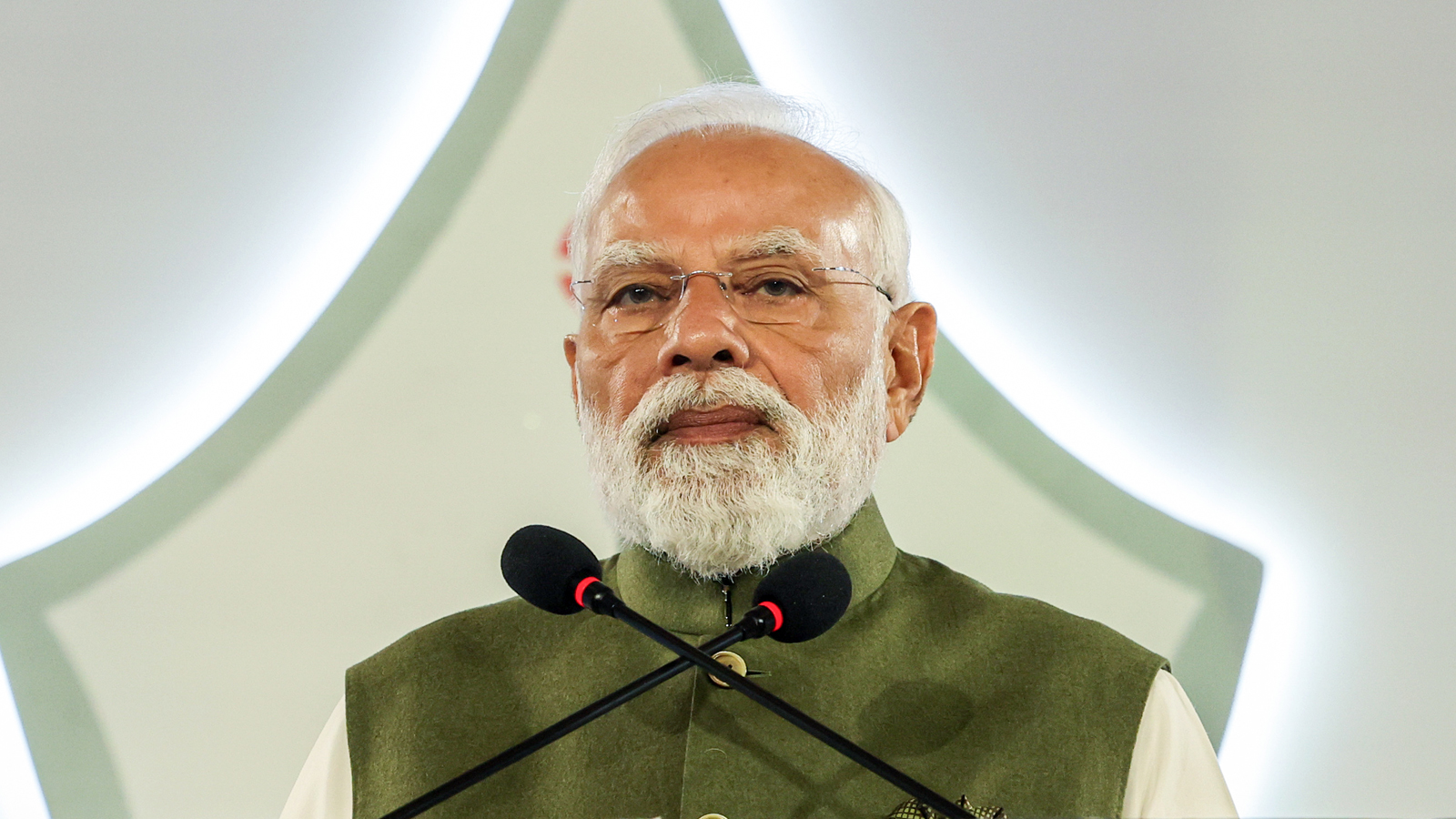Prime Minister Narendra Modi on Tuesday shared an article by Union Environment Minister Bhupender Yadav highlighting that there is a strong opportunity to reshape global climate finance with greater transparency and common standards.
Sharing the article on X, the Prime Minister said, “Union Minister Bhupender Yadav highlights that there is a strong opportunity to reshape global climate finance with greater transparency and common standards. He points to India’s draft Climate Finance Taxonomy and growing domestic green finance as examples of pragmatic leadership that can guide a more effective global architecture for the future.”
Earlier, Yadav said on X that ambiguity around climate finance has weakened trust for years. “This is the reason why PM Shri Narendra Modi ji reminded the world, ‘as we track climate mitigation, we must also track climate finance’,” he said, referring to his opinion piece titled “It’s time to fix climate finance.”
“It’s time to fix climate finance”: Key points from Yadav’s article
In his article, Yadav argues that the current global climate finance system—anchored by multilateral development banks (MDBs), the Green Climate Fund (GCF) and the Global Environment Facility (GEF) – is inadequate and structurally flawed.
He notes that climate finance continues to suffer from ambiguity: “Is it a grant, a subsidised loan, or merely a rebranded development project?” This uncertainty, he says, erodes trust and hampers the scale of investments needed for climate action.
Yadav highlights several shortcomings in the current architecture: weak accountability, opaque reporting, and governance structures that favour a small group of wealthy nations. He also points to restrictive access for developing countries, citing complex application processes, high borrowing costs and rising debt burdens.
The minister reiterates India’s position at COP summits, including PM Modi’s call at COP26 for mobilising $1 trillion in annual climate finance and insisting that climate finance must be tracked with the same seriousness as climate mitigation.
He said that India has been proactive in pushing for MDB reforms during its G20 Presidency, arguing that banks must evolve beyond traditional lending and take on a larger role in mobilising private capital for climate solutions.
Yadav also underscores India’s domestic efforts to build a robust green finance ecosystem. According to him, India’s draft Climate Finance Taxonomy proposes scientific criteria for defining “green” investments and could become a global benchmark; more than two-thirds of India’s climate finance is mobilised domestically; sovereign green bonds have drawn strong global interest, with India set to raise an additional ₹10,000 crore in the second half of FY 2025-26; and regulatory bodies like the RBI and SEBI are developing stronger accountability and disclosure norms for green financial instruments.
Yadav adds that India will require over $10 trillion in investment to achieve net-zero emissions by 2070.
The minister concludes that global climate finance frameworks must be rebuilt on three key pillars: transparent standards, democratised governance of MDBs, and innovative mechanisms for debt and resilience finance.
Only then, Yadav said, can the international community uphold the principle of Vasudhaiva Kutumbakam – the world as one family – as the guiding philosophy for a shared climate future.














